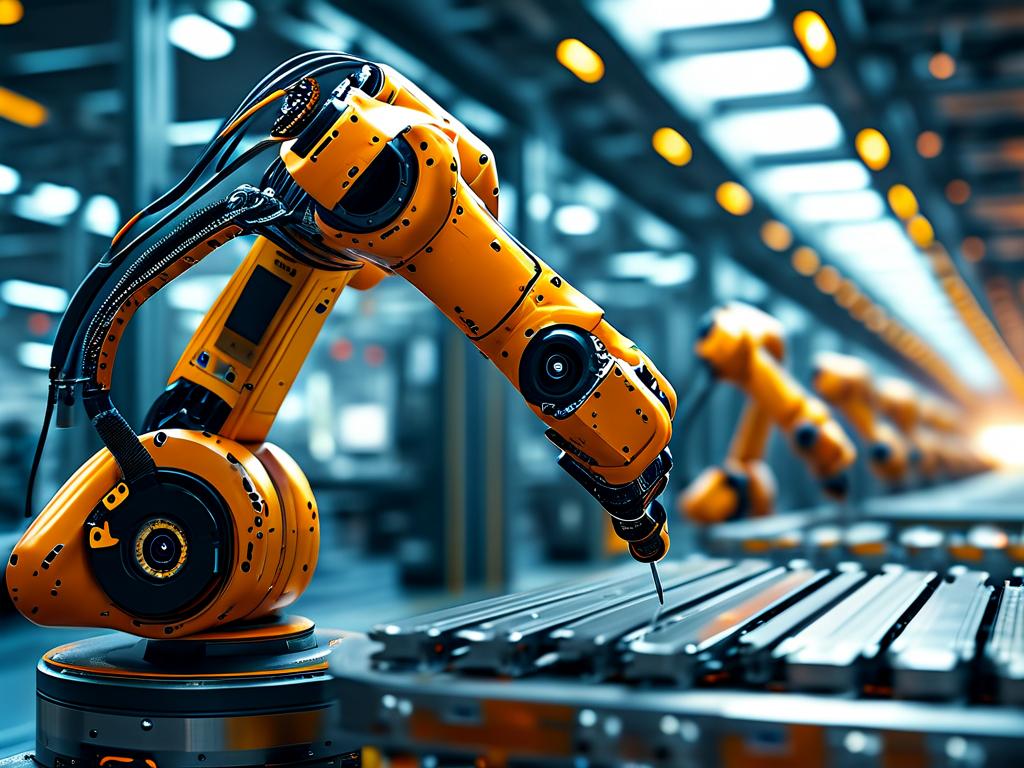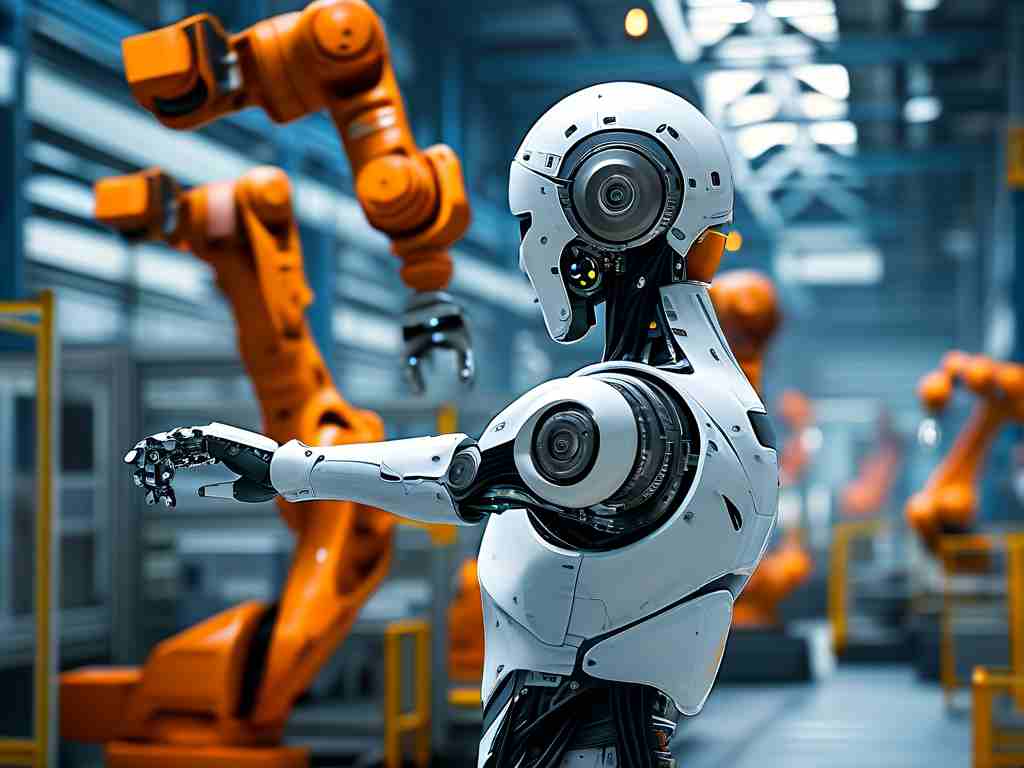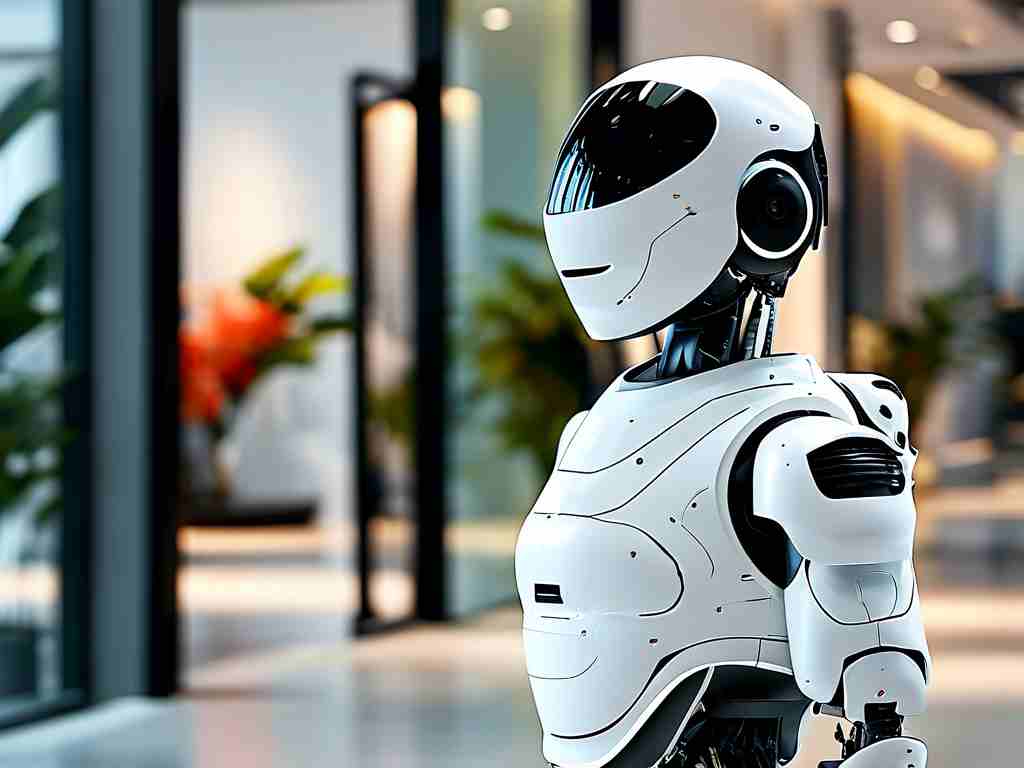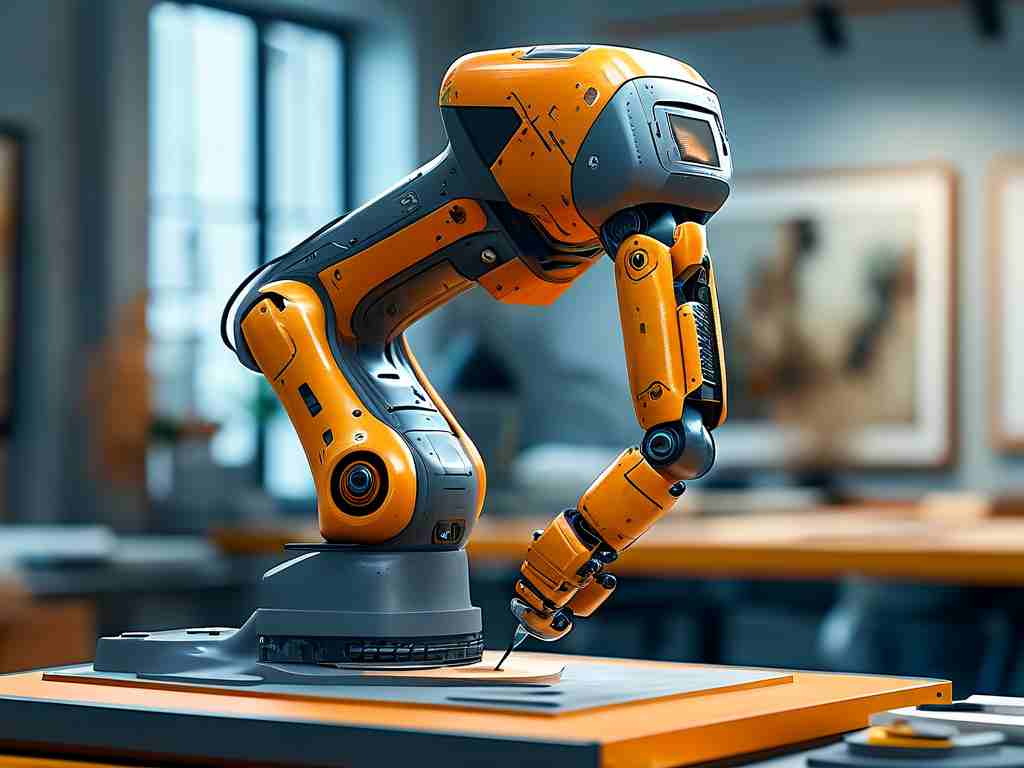The integration of magnetic adhesion technology into robotics has opened unprecedented possibilities for automation across industries. By leveraging magnetic forces, robots can now perform tasks in environments previously deemed inaccessible, such as vertical surfaces, underwater structures, or confined industrial spaces. This article explores the mechanisms behind magnetic adhesion, its real-world applications, and the challenges engineers face in optimizing this cutting-edge technology.

Principles of Magnetic Adhesion
Magnetic adhesion relies on controlled electromagnetic or permanent magnet systems to generate attraction forces. Electromagnets offer adjustable strength by modulating electric current, making them ideal for dynamic scenarios like climbing robots on uneven metallic surfaces. Permanent magnets, while energy-efficient, lack real-time adaptability and are often paired with mechanical systems for detachment. Hybrid models combine both, using electromagnets for precision and permanent magnets for fail-safe stability.
A critical advancement is the development of "switchable" magnetic systems. For instance, robots equipped with bistable magnetic modules can toggle between active and passive states using minimal energy. This innovation is particularly valuable in rescue operations, where devices must adhere to debris without external power. Researchers at the Zurich Institute of Robotics recently demonstrated a drone that uses pulsed electromagnets to perch on steel beams, consuming 80% less energy than traditional models.
Industrial and Commercial Applications
In manufacturing, magnetic adhesion enables robots to handle ferrous materials with submillimeter precision. Automotive assembly lines now deploy magnetic grippers to position heavy components like engine blocks, reducing slippage risks. Similarly, shipyard robots use electromagnetic crawlers to weld hulls vertically, cutting manual labor costs by 40%.
The energy sector benefits from inspection robots equipped with magnetic wheels. These machines traverse pipelines and wind turbine towers, capturing thermal imaging data to detect cracks or corrosion. Offshore, submersible robots with corrosion-resistant magnetic feet inspect oil rigs, transmitting real-time data to maintenance crews.
A lesser-known application lies in healthcare. Surgical robots with magnetic tips assist in minimally invasive procedures, anchoring instruments to metallic guidewires within the body. This reduces tissue damage and improves surgical accuracy. A 2023 study published in Medical Robotics Journal highlighted a 30% reduction in operation time for cardiac stent placements using magnetic-guided systems.
Technical Challenges and Solutions
Despite its promise, magnetic adhesion faces hurdles. Power consumption remains a concern for mobile robots, as sustained electromagnetic activity drains batteries. To address this, MIT engineers developed a "regenerative" system that harvests energy from detachment phases, improving uptime by 22%. Material compatibility is another issue—non-ferrous surfaces like concrete or wood require hybrid adhesion methods. Startups like AdheroBot now embed ultrasonic vibrators to reduce friction on such surfaces while using magnets for primary attachment.
Safety protocols are equally critical. Uncontrolled magnetic fields can interfere with nearby electronics or medical devices. Recent ISO standards mandate shielding for industrial magnetic robots, limiting field leakage to under 5 Gauss at 1-meter distance. Additionally, fail-safe mechanisms like gecko-inspired microstructures are being tested as backup adhesion methods during power failures.
Future Directions
The next frontier involves AI-driven adaptive adhesion systems. By integrating machine learning, robots could autonomously adjust magnetic strength based on surface texture or environmental conditions. For example, a prototype from Stanford’s Robotics Lab uses LiDAR and torque sensors to calculate optimal adhesion force while climbing rusted metal surfaces.
Another emerging trend is miniaturization. Micro-robots with nanoscale magnetic coatings show potential for targeted drug delivery. In trials, these devices successfully navigated bloodstreams using external magnetic fields, releasing chemotherapy agents at tumor sites with pinpoint accuracy.
As industries demand smarter and more versatile automation, magnetic adhesion will continue to evolve. From disaster response robots scaling collapsed buildings to space drones repairing satellite hulls, the fusion of magnetism and robotics redefines what machines can achieve. However, balancing energy efficiency, safety, and adaptability remains the key to unlocking its full potential.
// Code snippet illustrating a basic magnetic control algorithm
void adjustMagneticForce(int surfaceType) {
int baseForce = 100; // Default force in Newtons
switch (surfaceType) {
case 1: // Smooth metal
setForce(baseForce 0.8);
break;
case 2: // Textured surface
setForce(baseForce 1.2);
break;
case 3: // Corroded area
activateVibration();
setForce(baseForce * 1.5);
break;
}
}









